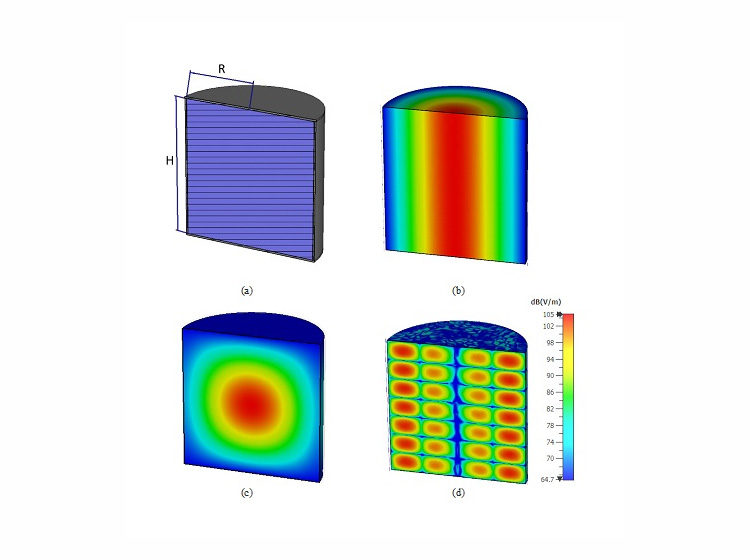The interest in reconfigurable RF devices has been the motivation for the current gradual development of various voltage tuneable materials. Liquid Crystals (LCs) are promising tuneable materials as their dielectric properties can be controlled under an external bias field with negligible power consumption. Several nematic LC-based microwave devices have been reported in the literature, such as tuneable microstrip antennas, variable delay lines, phase shifters, and steerable reflect arrays.
Nematic LCs, which are largely used in display technology, are liquid anisotropic materials that exhibit a variation of relative dielectric permittivity when subjected to an external electric or magnetic field. These materials are relatively cheap and respond to low voltages, which is an advantage, compared with ferroelectrics requiring high operating voltages. A number of factors influence the choice of an LC for an RF application. Improved and specialized LCs offering temperature stability, with large dielectric anisotropy (r), are being developed for some RF devices. However, it is believed that the main applications of nematic LCs in RF will be in and beyond millimeter-wave (mm-wave) frequencies where a small change in the director orientation significantly affects the wavelength and wave impedance. Therefore, characterization of the dielectric properties of the LC in mm-wave frequencies is essential.
A new technique for the measurement of dielectric constants of nematic liquid-crystal (LC) materials at millimeter-wave frequencies is presented in this paper. The proposed method utilizes an electric field to align the LC molecules, therefore offering safety and enormous size reduction over the method using the magnetic field to achieve LC directors’ orientation. The measurement device is planar and consists of a rectangular patch resonator with the LC cell directly beneath it. Two preconditioned surface preparations, corresponding to transverse and longitudinal rubbing of the patch surface and ground plane in contact with LC, are investigated. Using the same measurement device with the two preconditioned surfaces, the measurements of dielectric constants and dielectric constant anisotropy of a nematic LC commonly known as E7 are conducted, and the results are found to agree to within 1% while confirming earlier published data.




Leave a Reply